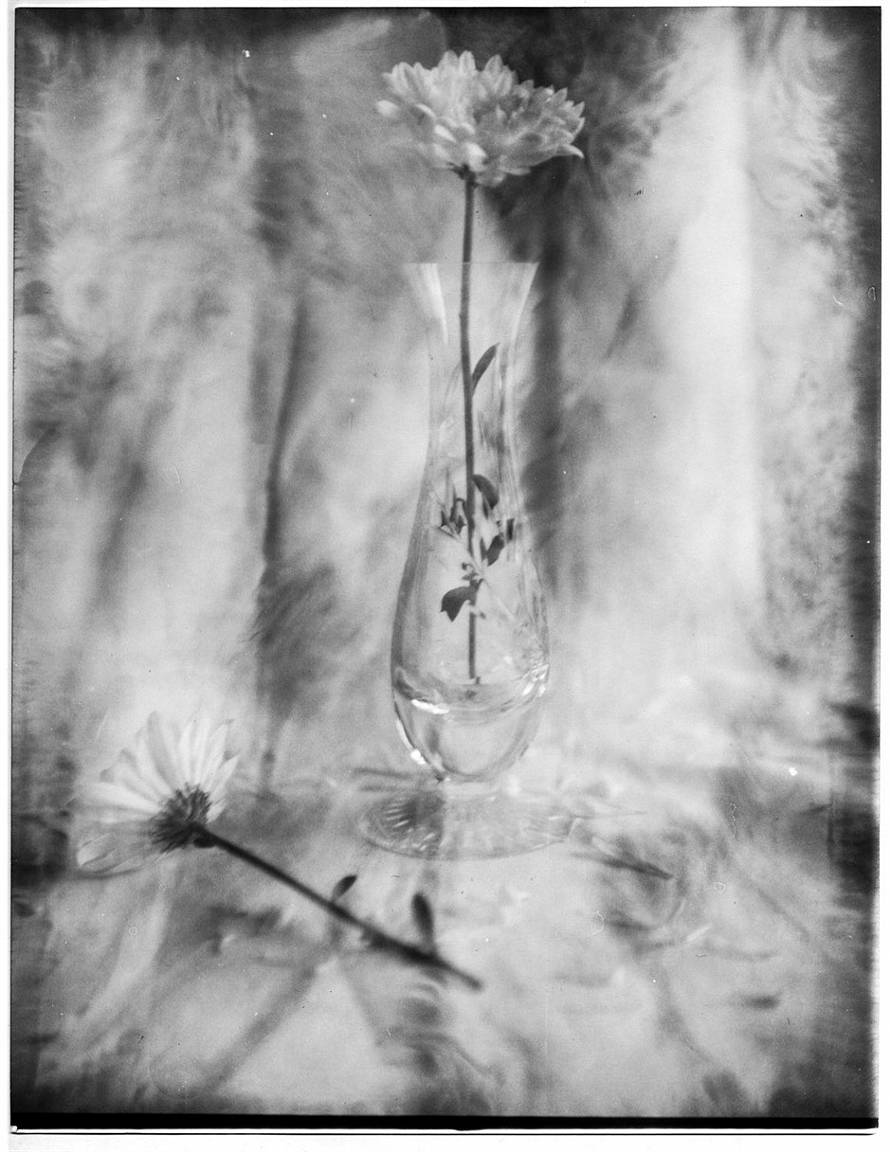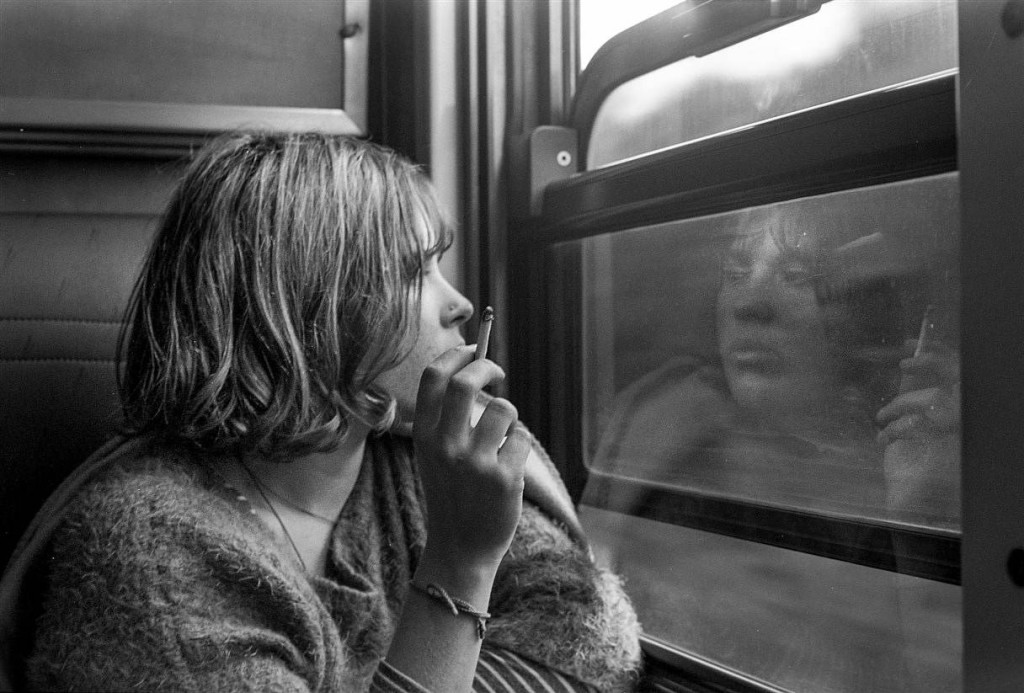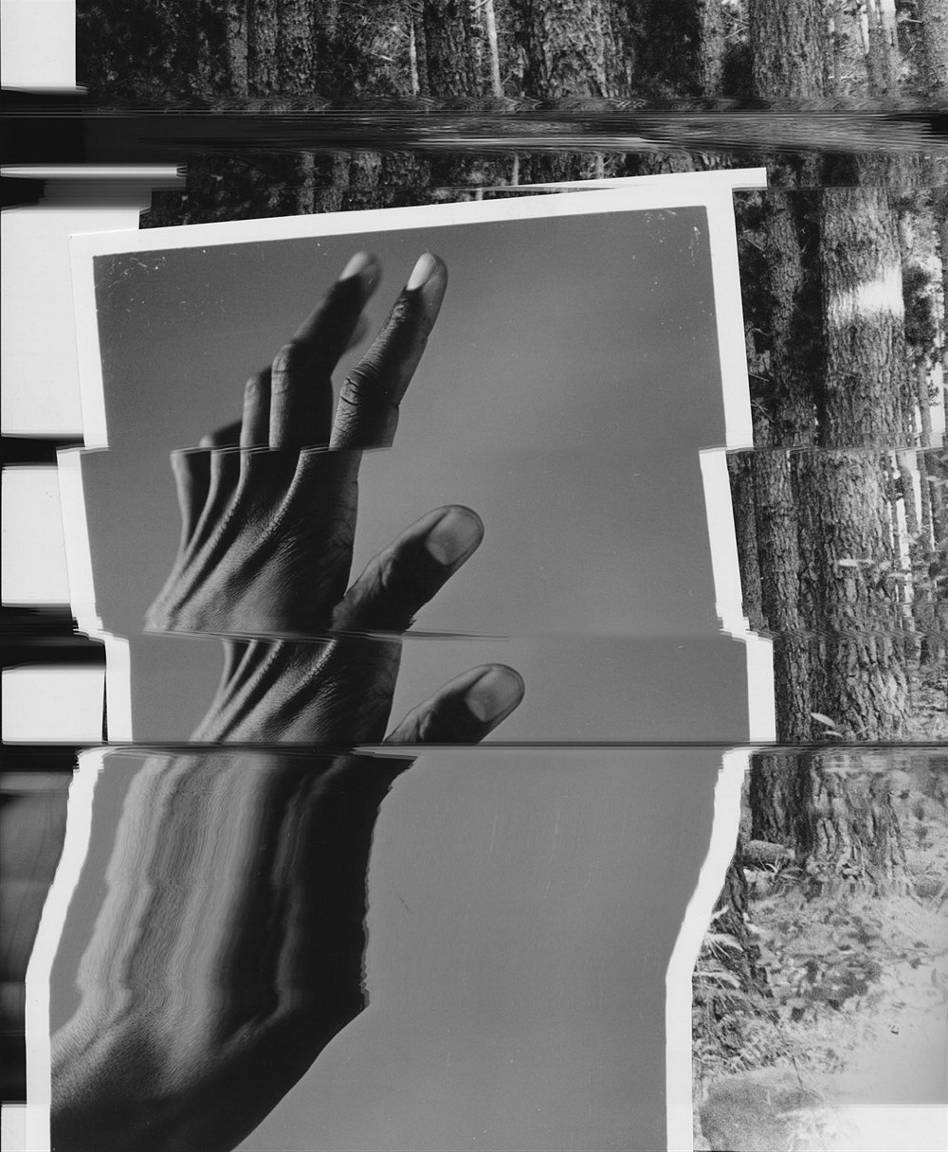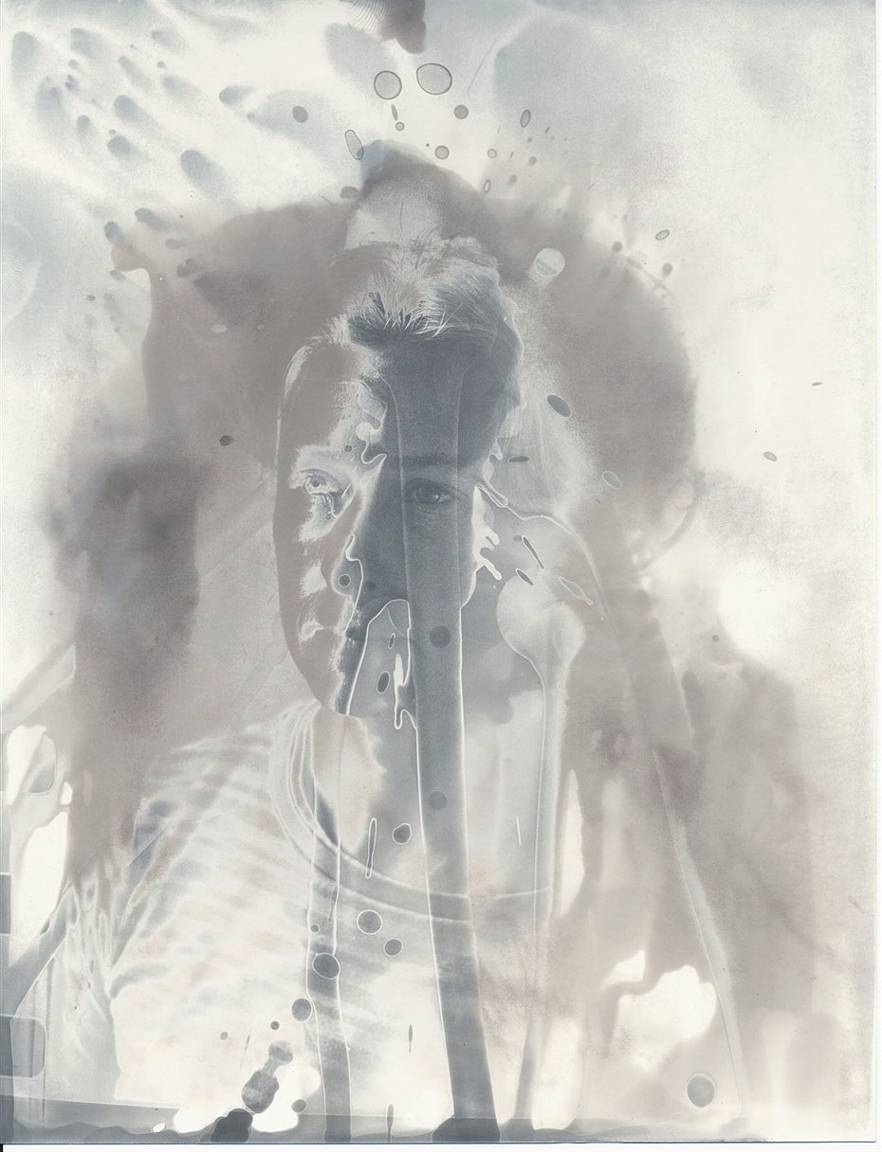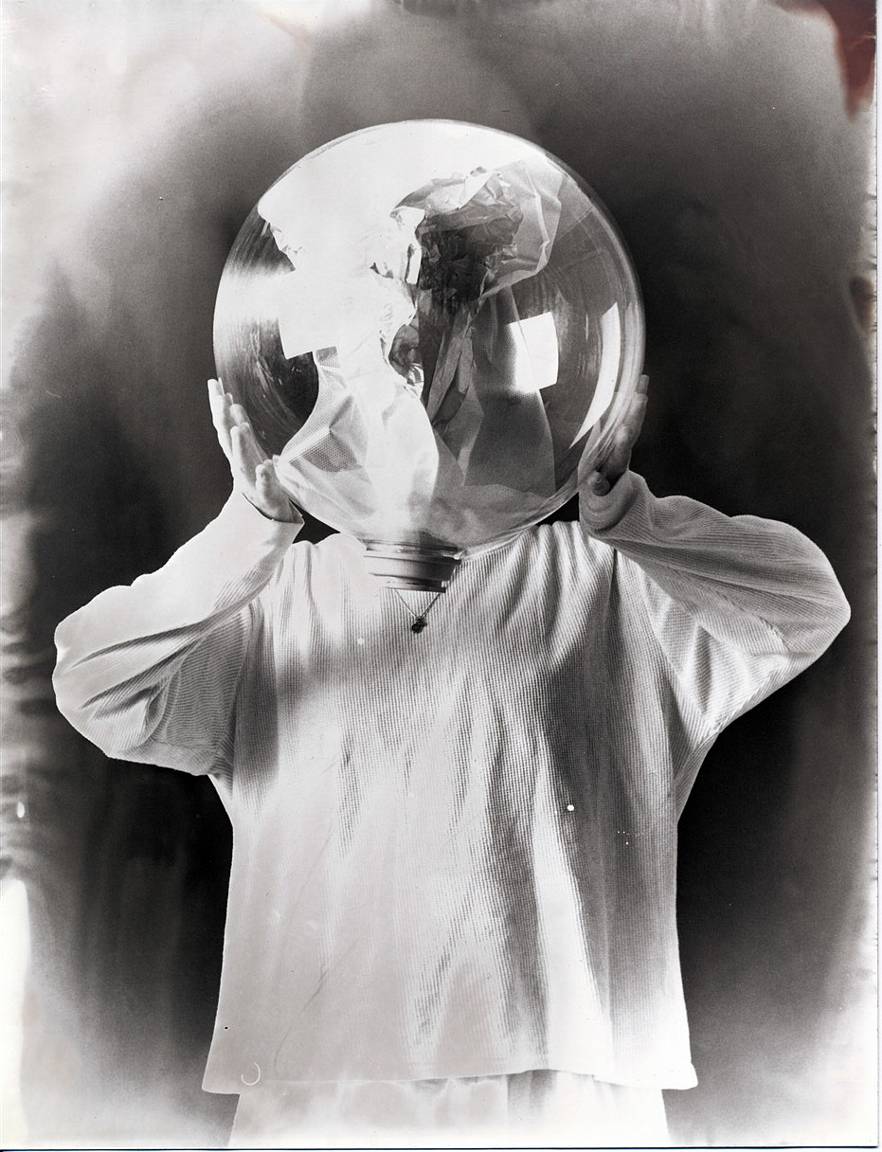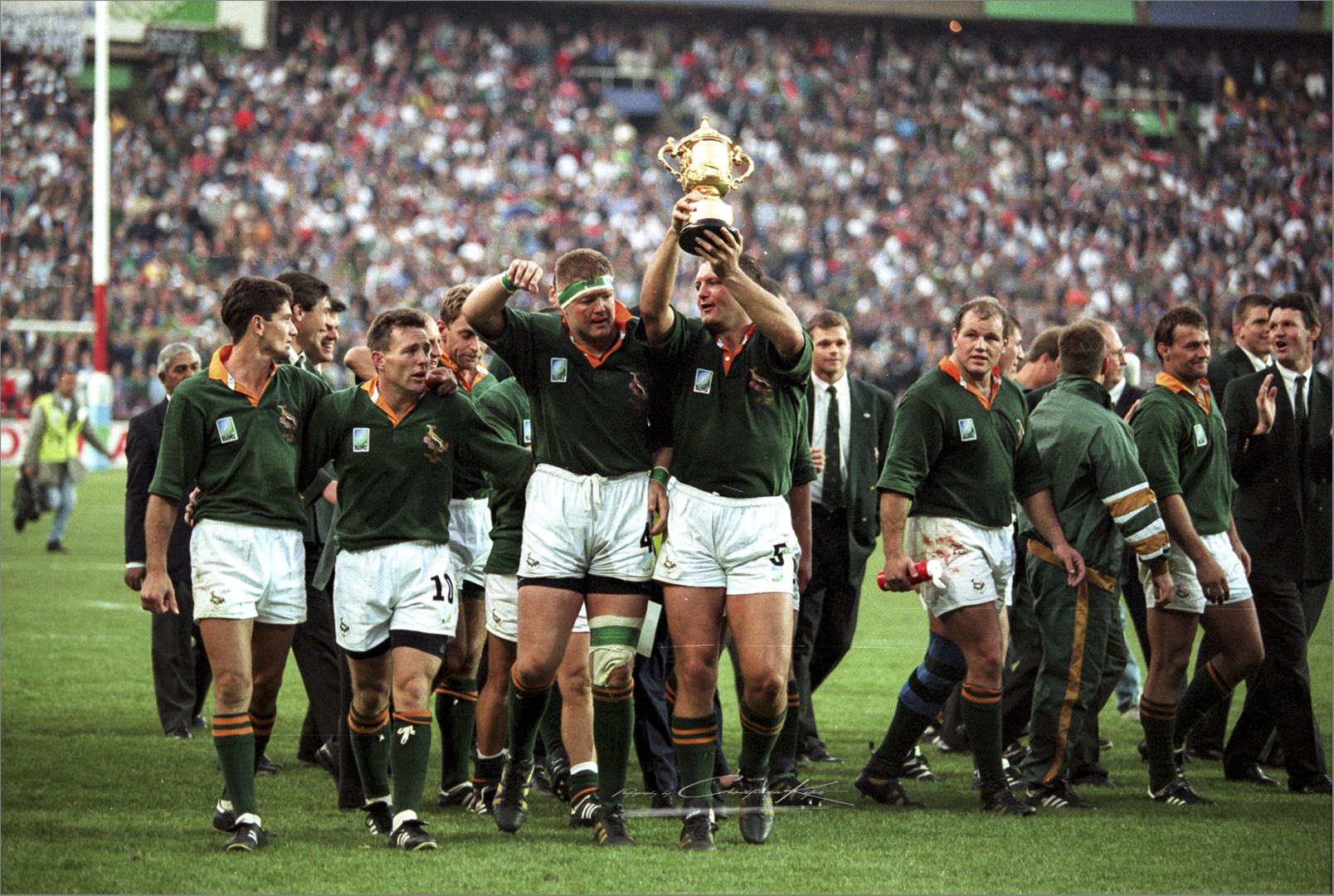An interview with Matt Slater, a young Cape Town based photographer who’s still very much embracing the slower pace of the traditional darkroom processes.
We wanted to share this great interview with one of our very own, Matt Slater. Matt is a full time student at the Cape Town School of Photography (CTSP) and having produced some incredible work, Lomography caught up with Matt to talk about “Keeping Traditional Darkroom Processes Alive”. This interview is shared with permission.
In today’s fast-paced world where many things can be had in an instant, Matt Slater embraces the slower, almost meditative, and arguably more fulfilling practice of making photographs through traditional darkroom processes.
With the steady rise of digital photography, photographers who remain passionate with film have become few and far between, those who incorporate traditional darkroom processes in their works even less so. Even rarer are those who juggle all three in their practices. Young photographer Matt Slater of Cape Town, South Africa is, fortunately, one of them.
For Slater, the darkroom is a place that provides respite. It is there that he takes his time making prints and experimenting with various processes, seeing the fruits of his labor in the end giving him fulfillment. Some of his work appear abstract, others flawed and disorderly, but all of them beautiful in their own way.
In this interview, Slater opens up about his film and darkroom practices, the importance of shooting film and practicing darkroom processes today, his inspirations, and more.
Hi, Matt! Please tell us a little about yourself and what other things you do besides photography.
Besides photography, I like to spend my time surfing, skating, and drinking beers with friends. After high school, I took the opportunity to go traveling before I settled back into Cape Town and started studying at the Cape Town School of Photography.
Originally from East London, you have been staying in Cape Town, South Africa where you studied and are now working. How long have you been living in this city? How would you say Cape Town affects or influences your practice?
I moved to Cape Town when I was seven years old, so I’ve been living here for about 14 years now. This place and the people here have definitely influenced the way I work! Compared to East London, there’s a way bigger art and photography scene here. It’s definitely one of the best creative hubs in the country.
How would you describe your photographic style?
Most of my work is black and white or monochromatic. To some extent, I think there’s a flawed and messy aesthetic which brings across a handmade feel.
What do you usually enjoy taking photographs of?
I photograph a variety of things. I enjoy photographing my friends and girlfriend a lot, as well as landscapes and still lives. If I feel like things are getting stagnant, I like to walk around with a camera and a roll and just shoot whatever interests me. Lately, I have taken an interest in architectural settings, as well as food and portraits.
You have mentioned on your website that your portfolio projects are mainly concerned with traditional darkroom processes. Can you tell us what your projects are about, and which darkroom processes you are focusing on?
My first project Echoes was based around the darkroom and the time spent in it. I find the darkroom as this really meditative space. It allows me to be alone, put on some good music, and work on my images. I focus mainly on the traditional print process. A bunch were photograms where there is no camera involved, just the photographic paper, object and light. I like misusing the chemicals to create different colors or effects, sometimes solarizing or bleaching the images. I’m planning to order more chemicals to play with, though.
I’ve done a few different things with my negatives in the past which create strange effects, like burning and soaking them in various liquid before development.
What is it about darkroom processes that draws you into them?
I like the layered process of working in the darkroom. It takes time to do the work and I like that in the end you have this image that you handmade.
What and/or who inspires you?
Music, art, movies, literature, my peers. I’m hugely inspired by the works of people like Jeff Cowen, Robert Adams, and Sally Mann.
As a photographer who still works with analog processes, what do you think is the importance of shooting film and practicing darkroom processes in this day and age?
It provides you with more time to think. When shooting, you have to meter the light and get things right and trust you got them right. I think it’s important to shoot film, at least at some stage. I mean, I own a digital camera and there definitely is a place for it, but I find that using film helps me make my best work.
I enjoy using different cameras, and I always find people coming up to me and asking me about my camera and if it really works. I also think that in this day and age, photography is very saturated with pictures everywhere. The analog process allows for a unique image.
What’s the most important thing you’ve learned when it comes to photography?
How to look at light. Once you start looking, you see beautiful light falling everywhere. Next would probably be preparation: always have that aperture and shutter speed set in case something happens.
What keeps you busy these days? Are there any current and/or upcoming exhibits or projects that you’d like to promote?
I’m currently finishing up a book project that will be in a group exhibition in November as well as having just released my website that I was working on for quite a while.
Any final words or anything else that you would like to add?
All good, I just want to say thanks for the opportunity!
All information and photographs in this article were provided to Lomography (where the interview was originally featured) by the photographer and used here with permission. To see more of Matt Slater’s work, please visit his website. Images belong to Matt Slater.

